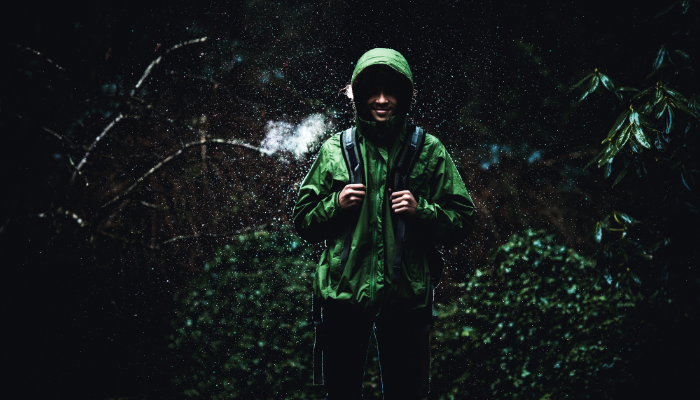When you step into the wilderness, nature doesn’t always cooperate. Rainstorms, snow, scorching sun, or high winds can quickly turn a simple hike into a survival challenge. One of your most valuable assets—the hiking backpack—requires extra protection in extreme conditions. Let’s explore the expert strategies to keep your gear safe.
Why Extreme Weather Protection Matters
A damaged backpack means:
-
Wet gear and clothing.
-
Broken straps that compromise comfort.
-
Shortened lifespan of expensive equipment.
By preparing in advance, you ensure safety, durability, and peace of mind.
Understanding Backpack Vulnerabilities
Common Material Weaknesses
-
Nylon weakens under prolonged UV exposure.
-
Waterproof coatings degrade after repeated soaking.
Zippers, Seams, and Straps
-
Zippers freeze in snow.
-
Seams leak during downpours.
-
Straps stretch when soaked.
Protecting Backpacks in Heavy Rain
Using Rain Covers Effectively
-
Choose a cover that fully fits your backpack.
-
Secure tightly to prevent slipping in strong winds.
Double-Layer Protection with Dry Bags
-
Store valuables inside dry bags.
-
Provides backup in case the rain cover fails.
Preventing Internal Moisture
-
Ventilate to reduce condensation inside.
-
Avoid packing wet clothes with electronics.
Backpack Care in Snow and Cold Weather
Insulating Your Gear
-
Use insulated liners for electronics and liquids.
-
Snow can freeze bottles and batteries.
Preventing Zipper Freezing
-
Apply zipper lubricant before winter hikes.
-
Shake off snow before closing zippers.
Drying Backpacks After Snow Exposure
-
Air dry immediately after the trip.
-
Avoid direct heat, which damages coatings.
Protection Against Heat and Sun
UV Damage Prevention
-
Use UV-protective sprays.
-
Cover backpacks with light-colored cloth to reduce exposure.
Storing Food and Electronics Safely
-
Heat spoils food quickly.
-
Store electronics away from direct sunlight.
Handling Storms and Strong Winds
Securing Gear During Gusts
-
Use compression straps to keep weight balanced.
-
Avoid hanging loose items outside.
Avoiding Overexposure to Lightning
-
Never place backpacks on high ridges during storms.
-
Store the metallic gear inside.
General Backpack Maintenance for All Weather
Reapplying Durable Water Repellent (DWR)
-
Reapply every 6–12 months.
-
Essential after exposure to heavy rain.
Cleaning After Harsh Conditions
-
Always clean mud, salt, or snowmelt residues.
-
Prevents material breakdown.
Pro Hacks from Experienced Hikers
-
Line the inside with trash compactor bags for waterproofing.
-
Carry silica gel packs to absorb internal moisture.
-
Rotate between backpacks to extend life.
Mistakes to Avoid in Extreme Weather
-
Drying backpacks under direct flames or heaters.
-
Overloading gear during storms.
-
Ignoring small tears in straps or seams.
FAQ
1. Do I need both a rain cover and dry bags?
Yes, they work best together for double protection.
2. How do I keep my backpack safe in snow?
Shake off snow frequently and dry it after use.
3. Can UV sprays really protect fabric?
Yes, they reduce sun damage and extend lifespan.
4. Should I oil zippers before winter?
Yes, it prevents freezing and breakage.
5. How long can a backpack last with proper care?
8–12 years, even with extreme conditions.
Conclusion
Your hiking backpack is your lifeline in nature. By following these protection strategies for extreme weather, you safeguard not only the backpack itself but also the essentials inside. Prepare smart, hike safe, and let your adventures last longer.



